What is the tolerance range of precision screws?
What is the tolerance range of precision screws?
Service Hotline
+86760-8787 8587We have more than ten years of production experience in the screw industry, the main products are: A-grade carbon steel stud bolts, cotter pins, straight-through single-pass coupling columns, through-hole stepped T-shaped hand nuts, GB120 positioning pins, epoxy gaskets Pieces, hexagonal top column nuts, Yueluo production, open spring washers, cylindrical screw caps, double drum rivets, claw ingot screws, isolation tie rods, extra thick and extra wide flat gaskets, 304 rivets and other fasteners, due to The materials and specifications of the products are different, and the prices are also different. Please contact us if you need it.


A screw belt structure, especially a screw belt that can position the screws on the screw belt, so that the screws do not swing, so that the screws can be stably aligned with the points where the screws are to be screwed, and the screw fixation of the screws is facilitated. In its overall implementation and use, the innovative design of the screw belt structure increases the practical function characteristics.
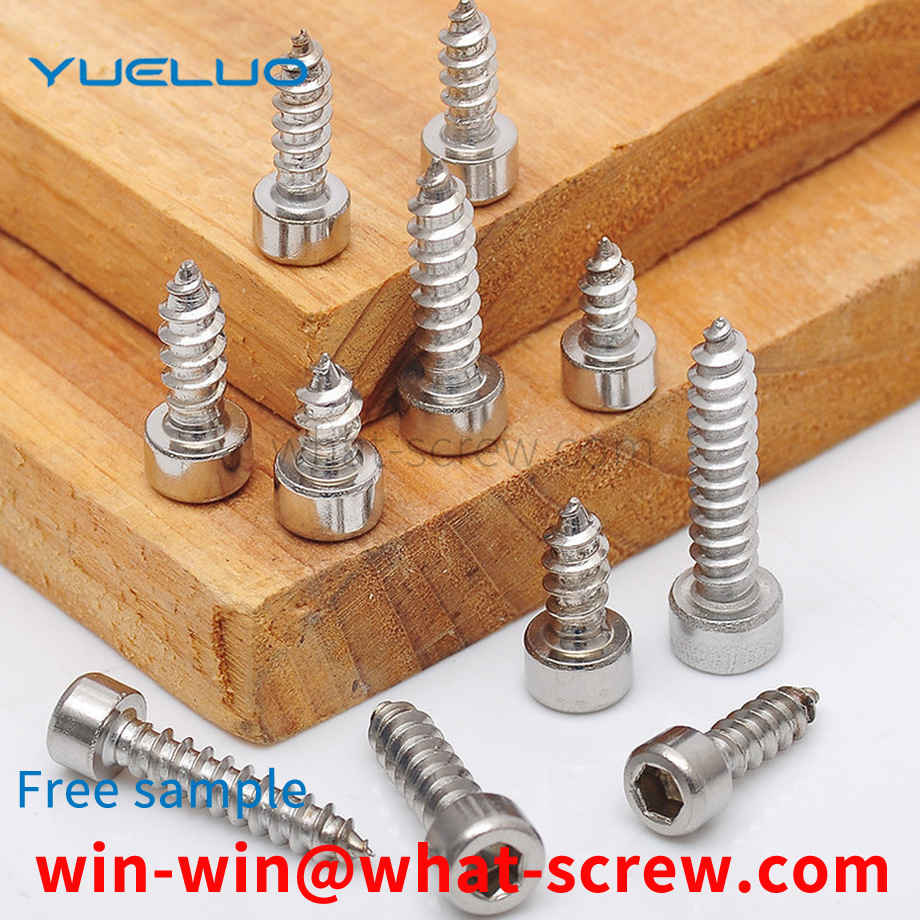
In CN203807560, nails and bolts are used to connect the plates, but the heads of the nails and the bolts are enlarged ends that are wider than the rods, and the heads of the nails and the bolts cannot penetrate into the interior of the door body, so in terms of appearance, the more More nails and bolts will leave more spots on the surface of the door that are not suitable for the door itself. In the prior art, the treatment method for these spots is generally to paint with paint, which can only make the door panel consistent with the head of the nail and the bolt in color, but cannot change the shape of the head of the nail and the bolt, and the appearance is still good. Obvious spots were noticed, which made the door panels connected by nails and bolts to the panels, which could not be used as door panels for household doors.
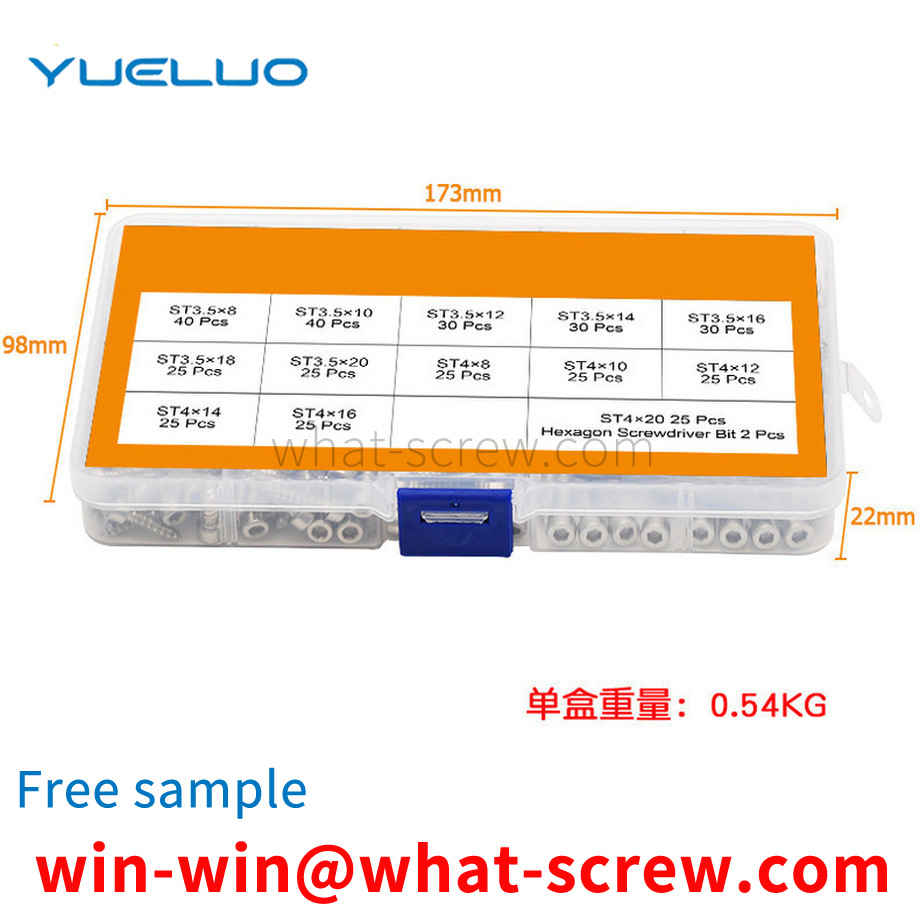
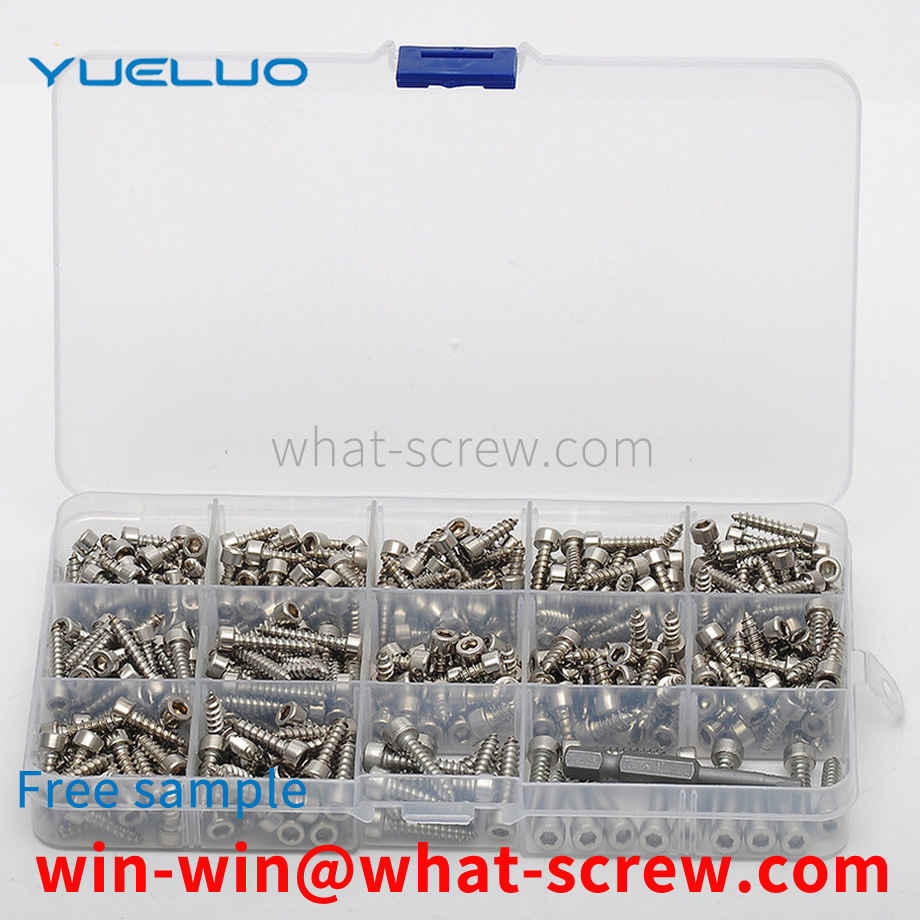
High-strength fasteners must be quenched and tempered according to technical requirements. The purpose of heat treatment and tempering is to improve the comprehensive mechanical properties of fasteners to meet the specified tensile strength value and yield ratio of the product. The heat treatment process has a crucial impact on high-strength fasteners, especially its intrinsic quality. Therefore, in order to produce high-quality high-strength fasteners, advanced heat treatment technology and equipment must be available. Due to the large production volume and low price of high-strength bolts, and the threaded part is a relatively fine and relatively precise structure, the heat treatment equipment is required to have large production capacity, high degree of automation, and good heat treatment quality. Since the 1990s, the continuous heat treatment production line with protective atmosphere has dominated, and the shock bottom type and mesh belt furnace are especially suitable for heat treatment and tempering of small and medium-sized fasteners. In addition to the good sealing performance of the furnace, the quenching and tempering line also has advanced computer control of atmosphere, temperature and process parameters, equipment failure alarm and display functions. High-strength fasteners are automatically controlled and operated from feeding-cleaning-heating-quenching-cleaning-tempering-coloring to offline, which effectively ensures the quality of heat treatment. The decarburization of the thread will cause the fastener to trip before the resistance required by the mechanical properties is reached, which will cause the failure of the threaded fastener and shorten the service life. Due to the decarburization of the raw material, if the annealing is improper, the decarburized layer of the raw material will be deepened. In the process of quenching and tempering heat treatment, some oxidizing gas is generally brought in from outside the furnace. The rust of the bar wire or the residue on the surface of the wire rod after cold drawing will also decompose after being heated in the furnace, and some oxidizing gases will be generated by the reaction. For example, the surface rust of steel wire, which is composed of iron carbonate and hydroxide, will be decomposed into CO₂ and H₂O after heating, thus aggravating decarburization. Studies have shown that the degree of decarburization of medium carbon alloy steel is more serious than that of carbon steel, and the fastest decarburization temperature is between 700 and 800 degrees Celsius. Because the attachments on the surface of the steel wire decompose and synthesize carbon dioxide and water very quickly under certain conditions, if the furnace gas of the continuous mesh belt furnace is not properly controlled, it will also cause excessive decarburization of the screw. When the high-strength bolt is formed by cold heading, the raw material and the annealed decarburized layer not only still exist, but also are extruded to the top of the thread. For the surface of the fastener that needs to be quenched, the required hardness cannot be obtained. Its mechanical properties (especially strength and wear resistance) decreased. In addition, the surface of the steel wire is decarburized, and the surface layer and the internal structure have different expansion coefficients, and surface cracks may occur during quenching. For this reason, during quenching and heating, the top of the thread should be protected from decarburization, and the fasteners whose raw materials have been decarburized should be properly carbonized, and the advantages of the protective atmosphere in the mesh belt furnace should be adjusted to the original carbon-coated parts. The carbon content is basically the same, so that the decarburized fasteners are slowly restored to the original carbon content. The carbon potential is preferably set at 0.42% - 0.48%. The carbon coating temperature is the same as the quenching heating, and cannot be carried out at high temperatures , so as to avoid coarse grains and affect mechanical properties. The quality problems that may occur in the process of quenching and tempering of fasteners mainly include: insufficient hardness in the quenched state; uneven hardness in the quenched state; excessive quenching deformation; quenching cracking. Such problems in the field are often related to raw materials, quenching heating and quenching cooling. Correctly formulating the heat treatment process and standardizing the production operation process can often avoid such quality accidents.
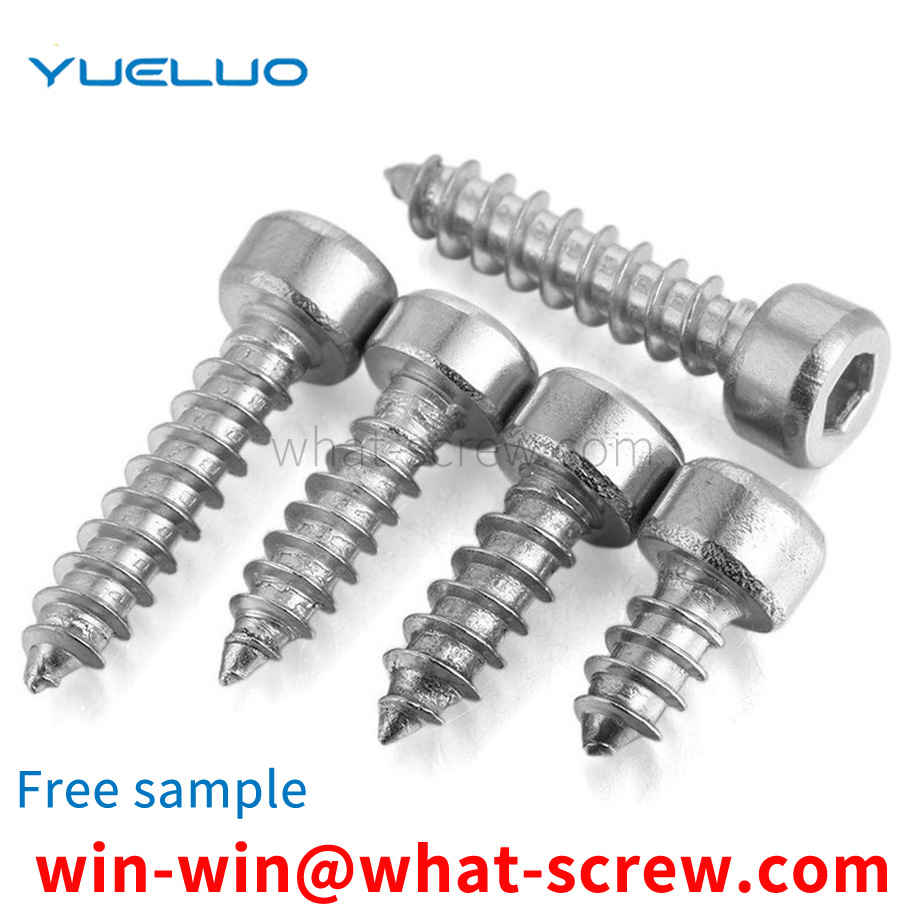
The profile of the American National thread (60 profile angle and H/8 flatness) is different from the Wyeth thread profile (55 profile angle and H/6 flattening height). American National Thread is widely used in regions and industries that are influenced by American industry. In World War II, due to the inconsistent thread standards used by the Allies, the logistical supply difficulties caused serious economic losses and casualties to the Allies. Immediately after the end of World War II, the United States, the United Kingdom, Canada and other allies immediately began to formulate a unified thread standard among allied countries, and promulgated a unified thread standard in 1948. Because the economic strength and military strength of the United States dominated the Allied forces at that time, the unified thread was mainly formulated according to the national thread standard of the United States. Unity; the latter letter N is derived from the N designation for American National Threads. Since then, the unified thread began to squeeze the original use market of the British Whitworth thread.
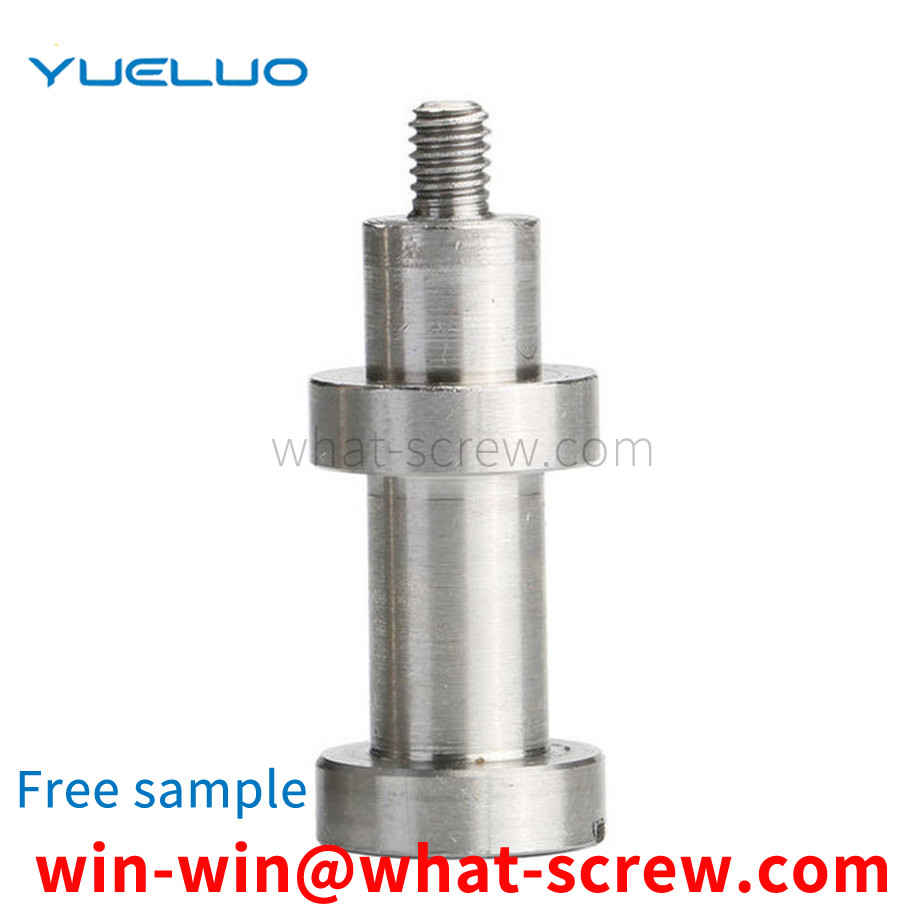
The above content is uploaded by Yueluo or the Internet. If there is any copyright issue, please contact [email protected].

What is the tolerance range of precision screws?

How to choose the right stainless steel screw manufacturer?

Why is there an R angle under the head of the hexagon head s...

We have more than ten years of production experience in the ...

We have more than ten years of experience in the production ...

We have more than ten years of experience in the production ...

We have more than ten years of experience in screw industry ...